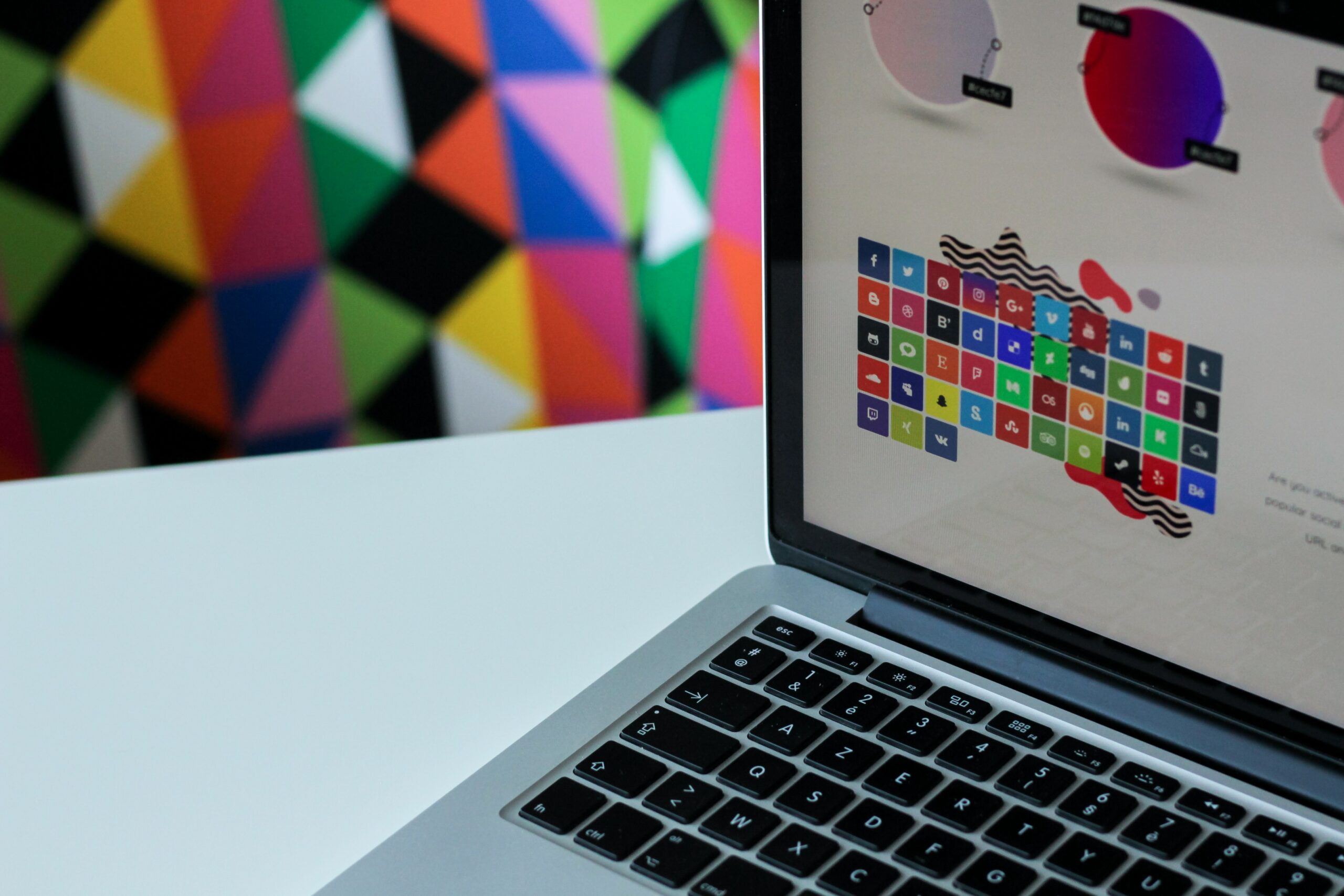Chances that users would open up the value of your product if its UX design is poor are quite small. User-friendly design of your website is a key factor determining its high customer acquisition and retention rates.
Without doubt, customer loyalty is a result of the real value of your product proved upon its use, but gaining initial, ground-zero trust of your target audience is the task of UX design. In practice, this means that designers leverage various elements of UX design to provide users with a smooth and clear experience while using the web product. In this article, we’ll talk about the importance of the first impression when facing a website, and how to ensure it inspires trust with the help of properly approached UX elements.
First Impression O’clock
Although websites are inhabitants of virtual dimensions, the law of first impression covers them equally to the creatures of flesh and blood. If UX design fails to prove your website can offer a meaningful user experience within the first seconds of this meaning, nothing will shred this first estimation.
As almost any other thing in this world, the first impression also faces the necessity to meet the deadline. For instance, that’s how much time it takes for users to assess attractiveness of some of the UX elements of your website:
- Navigation menu – 6,44 sec.
- Search line – 6 sec.
- Footer – 5,25 sec.
- Logo – 6.48 sec.
- Content – 5.59 sec.
Each UX design component has its “expiration date”, i.e. the minimal guaranteed time span of keeping a user’s attention fresh and undemanding. To win user’s attention at this first impression’s phase and consequently ensure solid customer retention rate, special techniques are used. 
What makes great UX design: best techniques and approaches
Here it is worth clarifying that UX design is a wide notion that covers all kinds of elements required for ensuring smooth user experience, including many of those traditionally associated with UI design. The mission of UX design spans a vast arrow of processes covering product’s integration at all its phases. Thus, UX techniques really consist of user experience design (UX), user interface design (UI), and usability.
- User research. Cohesive research of the target audience is the ground zero of every UX strategy, especially the one seeking to inspire trust to the product. Understanding of your user’s mindset is critical for choosing a proper approach in providing them with a sense of reliability while exploring your website.
- Information Architecture. Information architecture deals with bricks just like the classical one but instead of clay UX bricks are made of data. Implementing solutions based on information architecture means arrangement of various pieces of website’s content in the order squarely fitting users’ habits and preferences. Unless your website content is located in a clear way, whispers of users’ desire to proceed on their customer journey barrel toward their swift end.
- Interactivity. Static pensive design creates a pattern where users poise before every action implied by the purchase funnel. In contrast, interactive UX design keeps the user in constant active mode as it ensures transparency of website navigation. Besides, interactive design serves the high purpose of personalized approach towards perceiving the website’s aesthetics and functionality during customer journey.
- Testimonials. Feedback officially rules the stage of most effective tools in web-space decision-making. For entrepreneurs it is a way to know how their digital product is actually used by users who are already familiar with it, and for those who are not, it is a key reasoning point in deciding whether to do so.
- Flexibility. Reliability of UX design is also determined by its ability to function equally across multiple platforms. That is all the elements of UX design content should look and act organically regardless of whether users reach it via an app, a tablet, or a PC. Additionally, design’s flexibility is determined by many other factors, for example, a wide range of payment options.
An example of Information Architecture in Uber
Ways to Analyze Website Usability
Okay, now that we have already discussed how to approach UX design in a way granting positive user experience. But how do you know that implementation of such solutions actually brings desirable outcomes? There are two primary types of methods you can use to measure and assess your website’s productivity in terms of UX design — quantitative and qualitative.
Quantitative methods are helpful in analyzing click-through rates, tracking conversion rates, and more. As a result, you can understand user behavior better.
Qualitative methods serve the purpose of estimating customers’ ability to navigate the UI comfortably and their ability to successfully complete tasks during this process.
Of course, it’s better to use quantitative and qualitative methods combined. Additionally, there are certain metrics that are used to analyze customers’ behavior. Specifically, it is crucial to monitor how fast customers leave your website and how many of them want to continue the cooperation.
There are a whole bunch of tools out there that can help you analyze the relevant data to gain accurate statistics. Most popular of such tools are Google Analytics and Open Web Analytics.
- Google Analytics. The biggest reason why so many website owners apply to Google Analytics is its broad functional set. For example, the service offers real-time statistics and the ability to monitor traffic sources.
- Open Web Analytics. Companies use Open Web Analytics as a content analysis tool. It has no limits concerning data storage and the number of websites that are accessible for measurement. OWA is capable of measuring unique visitors, page views, referral websites, and user location.
Besides, as was mentioned earlier, excellent UX design covers all devices from which a website can be opened. To this end, every UX design should correspond to the requirement of adaptivity.
Well-considered UX design is crucial for building trusting relationships with your customers. Integration of innovative UX techniques within your website is a must to ensure meaningful user experience and, as a result, your customers’ positive feedback and loyalty.

